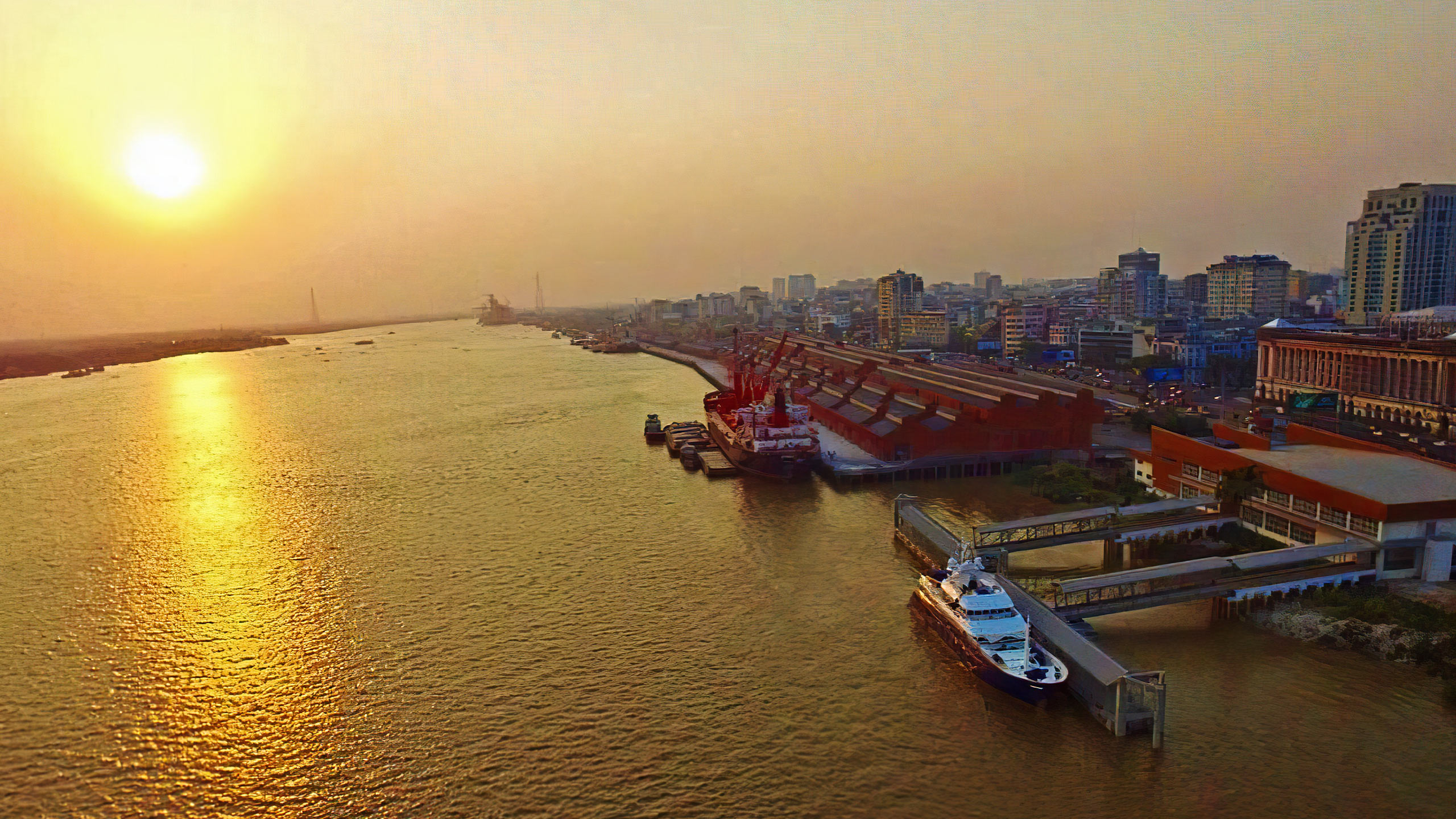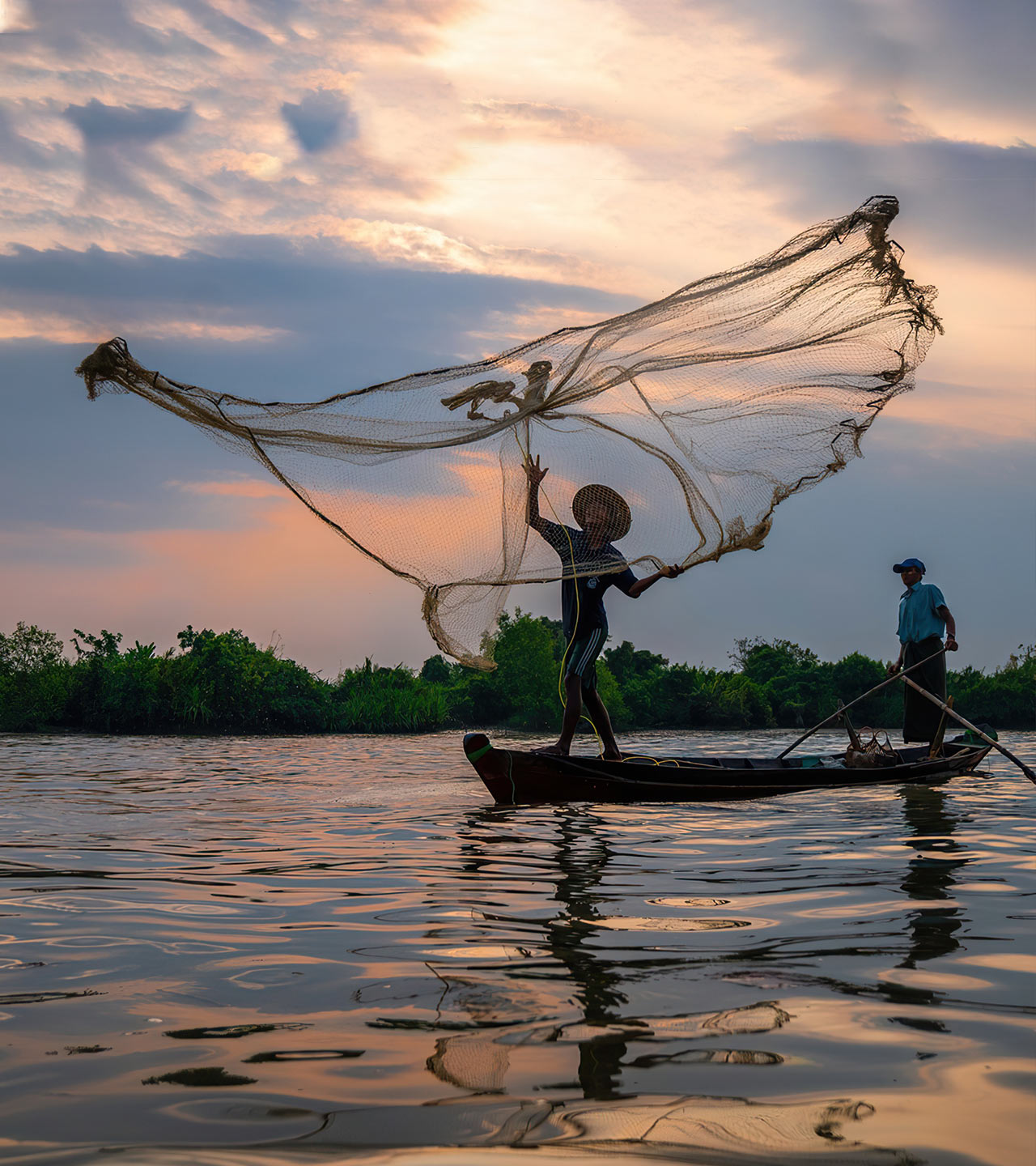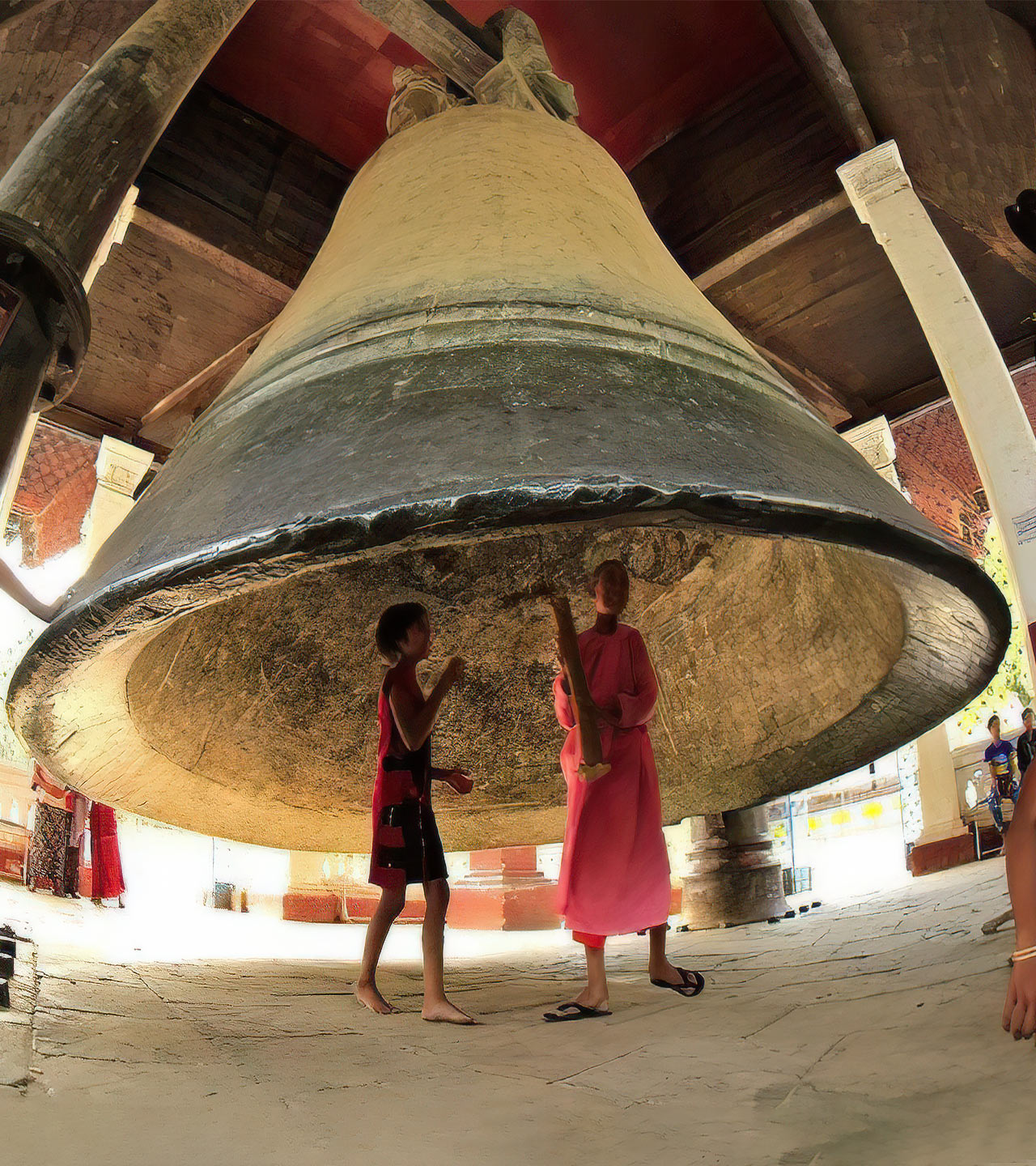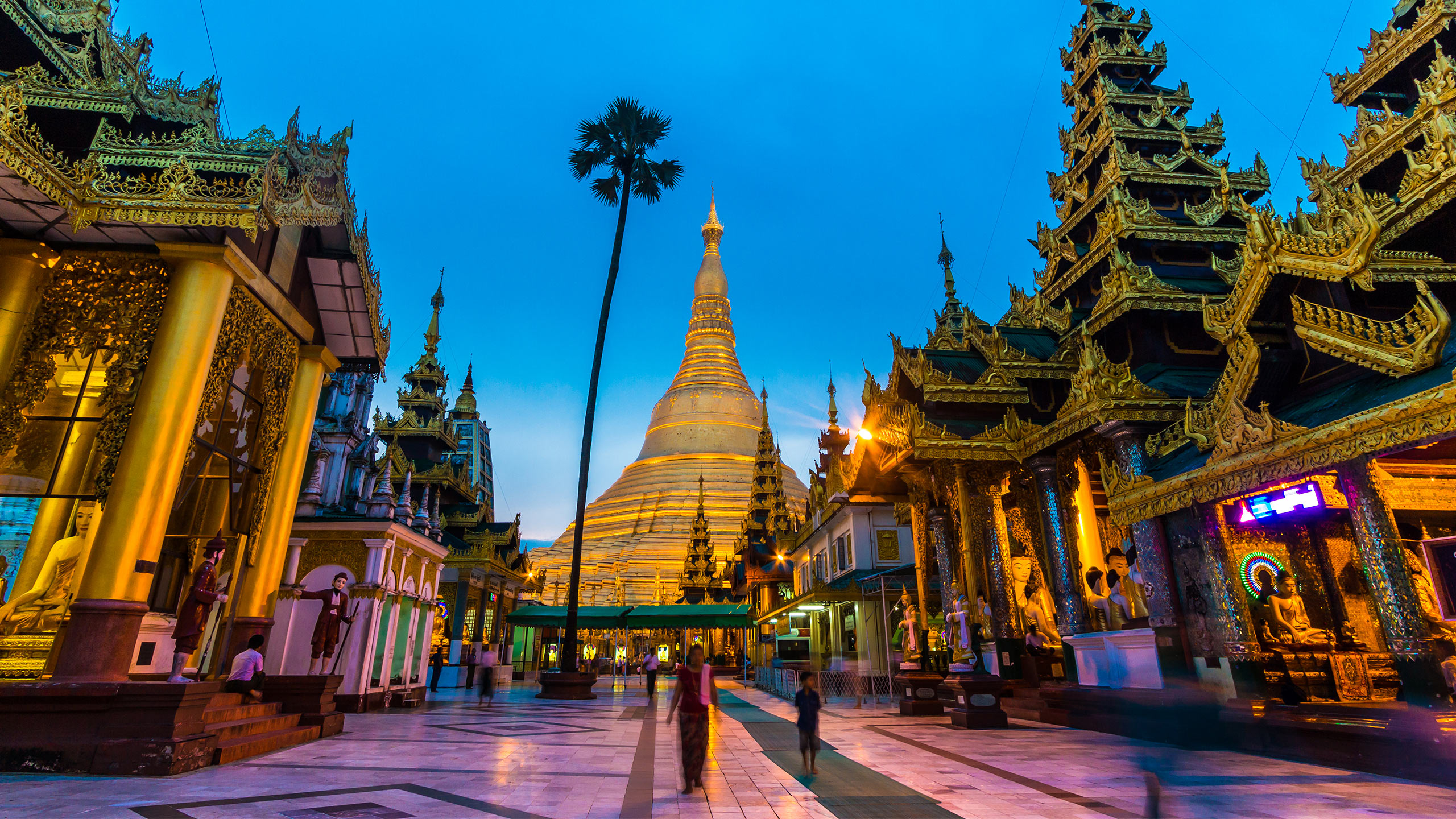Myanmar: Yangon’s Vibrant Riverine Artery
An expedition to Myanmar's heart and historical port of Yangon, is navigationally and logistically possible by Superyacht.
Posted on
Author: San Lin Tun.
Originally published by Myanmar Times.
Dagon is the former name of Yangon City, which has a river as fluid as the many people who pass through the city’s streets. Sometimes called the Hlaing River, the waterway cradles the city from the northwest and northeast, before meeting up with the Indian Ocean to the south.
Taking its tributaries further back, the mighty river is formed by the confluence of the Pegu (Bago) River to the east and the Myitmaka River in the north.

Across the river lies Dala city and when people take a boat from Pansodan Jetty. Some cross the coffee-coloured water for work in the city, whilst others board the ferry in the other direction for a day trip in Yangon’s southern countryside. On the decks of the boat, they gaze away towards the flow of the fast flowing currents, dozens of small fishing boats and villagers bathing or washing clothes in the tidal flats.
The river has an average tidal range or around 19.3 feet (5.85 meters) at spring tide, and 8.4 feet (2.55 meters) at neap tide (when the sun and moon are at right angles). The velocity of the current is 4 to 6 knots during the spring, a pace which increases during the rainy season.
Being a marine estuary that runs from Yangon to the Gulf of Martaban in the Andaman Sea, which lies 25 miles (40 km) to the south east, the river is an important channel for transportation and development in Myanmar. Ocean-going vessels come and go, whilst naval and cruise boats moor themselves at the jetty.

At the turn of the nineteenth century, between 1786 and 1824, ship-building was a profitable business along the river front. An abundance of teak provided the materials for ship hulls and masts. Over a hundred large European-bound boats ships were built during the forty-year period, totaling some 35,000 tons of building materials.
Most of these ships were sold in foreign ports, and some became part of the East India Company’s fleet. Once completed mariners and ship owners were keen to leave the Yangon River for other shores, after a species of worm called “teredonavialis” was discovered in the water. It was known to attack the wooden bows, if the ship stayed in the port for too long.
Located close to the city center, the Yangon Port has been Myanmar’s main port since colonial times. Currently, the port has capacity for ships up to 15,000 –20,000 deadweight tonnage (DWT), and works are scheduled to increase the port’s capacity for vessels up to 35,000 DWT.


Navigation from the Pilot Station, which is 32km seaward from Elephant Point, to the Yangon harbor is generally on a flood tide and journeys have to be timed for crossing both the Inner Bar (near the Yangon Port at Monkey Point) and Out Bar (at the mouth of the River) near high tide to ensure sufficient depth.
Waves within the Yangon River do not hinder marine operations and even at the mouth of the river, wave conditions are seldom rough with waves being less than two meters in height.
San Lin Tun is a freelance writer of essays, poetry, short stories and novels in Myanmar and English.
Footnote:
Contact Seal Superyachts Myanmar for detailed information about cruising around Myanmar, superyacht charter regulations and about how we can support your visit.
Principle agent Adam Frost is proud to have worked with many of the World’s largest Superyachts and has extensive knowledge of Myanmar and the surrounding area.
Adam Frost
Phone: +66 81 979 6636
Email: myanmar@seal-superyachts.com